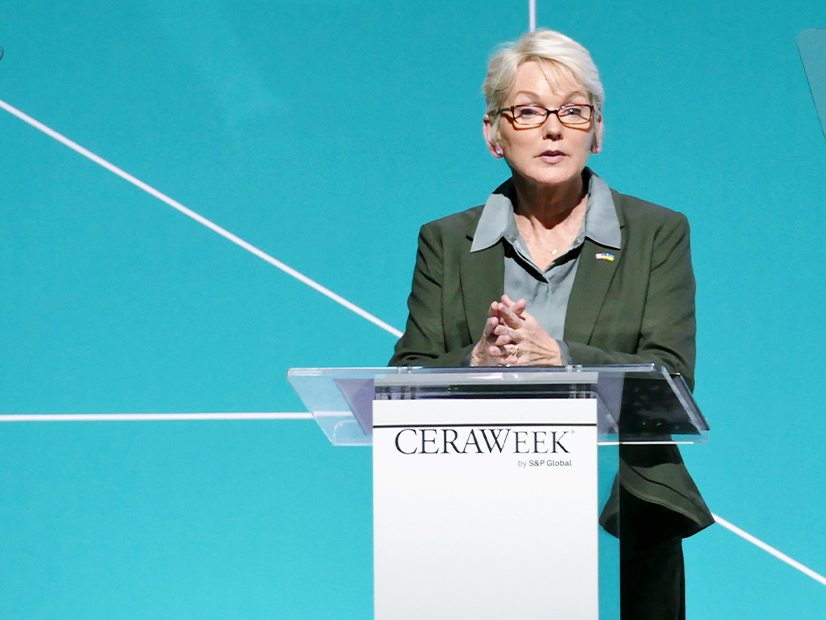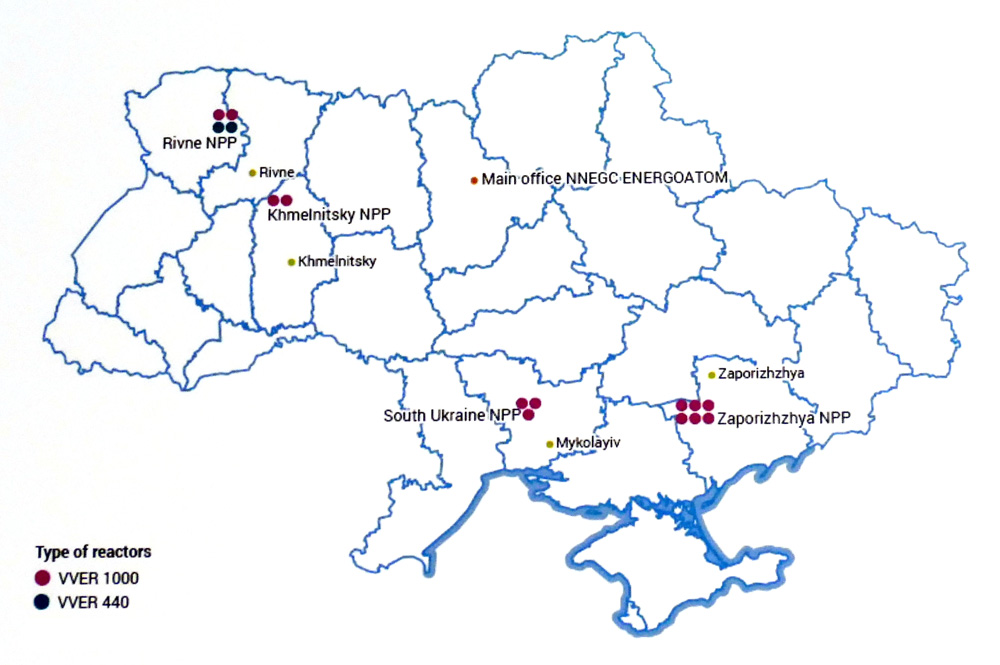
HOUSTON — Taking his turn in the CERAWeek by S&P Global’s briefing room Friday, U.S. Sen. Joe Manchin (D-W.Va.) wasted no time as a reporter began to ask a question about possible negotiations to reconfigure the Build Back Better Act.
Cutting the journalist off, Manchin said, “There is no Build Back Better.”
An awkward silence fell over the room. Manchin, whose announced opposition to the $2.2 trillion reconciliation package in December effectively killed the legislation, took notice.
“Look, I don’t mean to be sarcastic. That bill was as a major, mammoth piece of legislation, OK? I had concerns from Day 1 that we shouldn’t be doing that much policy,” he said.
Manchin said the Democrats’ use of reconciliation to pass the bill was wrong, saying the process was not designed for policy but to “get our financial house in order.”
“Here we are changing the whole social restructuring of our society, and that was the biggest thing that I had with it,” he said, acknowledging there are “many good things” in BBB. “Our debt grows every day, every day. You’ve got to change that trajectory. Get a tax code that’s competitive and fair and allows us to compete and grow and be prosperous, but pay the bills and then use the revenue from that to pay down debt and get your finances in order.”
Manchin was joined by Sen. Lisa Murkowski (R-Alaska), his former partner on the Senate Energy and Natural Resources Committee, and 900 other speakers during CERAWeek. The global energy gathering, often called the “Davos of energy,” attracted a record 5,800 delegates, bettering the attendance for the most previous in-person CERAWeek in 2019.
Most speakers addressed Russian’s invasion of Ukraine and the alarming upheaval in energy, commodity and financial markets it has created. They discussed energy independence, supply chain disruptions, new business strategies and an accelerated “pace of change” brought on by the economic and geopolitical turmoil.
“My hope is that with [the] situation in Ukraine … all the eyes in the world [are] truly focused on energy in a concerted and directed way that we have not seen before,” Murkowski said. “Now everybody’s talking about it. I think we have an opportunity, we have an avenue, but it’s not something that we can just talk about. We’ve got to be acting in administration. Let’s acknowledge that we have resources that are available to us, and let’s focus on what we have here. Why are we going to places where they hate us? It makes no sense. There are no good answers.”
“We are on the cusp of things we’ve never seen in my lifetime. I’m more concerned right now that this thing will take off, and we have no idea what the endgame is going to be,” said Manchin, who remembered clearly the Cuban Missile Crisis in 1962. “We’ve allowed [Russian President Vladimir] Putin to weaponize energy. … You better have a weapon just as good, if not better. By God, we’ve got to start using that, and that’s energy, energy independence, energy productivity in this country.”
“It is very sobering, and it’s a reminder to us of the leadership responsibilities that we have and how we, again, step into those roles,” Murkowski said. “How we assume that leadership, how we take the tools that we have at our disposal, to not only make us less vulnerable, but to help our friends and allies, which again, takes us back to energy and the role that the United States can play. I think there is a moral obligation here.
“If we can, we should do that in a responsible way that recognizes that climate is still a very, very serious issue for us,” she added. “We don’t have to put it off the table. Again, what we can do to contribute to the safety and the security and the resiliency of people that we care about who are fighting for their own freedom and democracy?”
Granholm Asks Industry to Work with DOE
During a luncheon address to CERAWeek’s attendees, U.S. Energy Secretary Jennifer Granholm placed her remarks in historical context.
“We could not be having this conversation at a more intense, troubling, shocking time in world history … with enormous consequences for the future of energy,” she said. “I’m in a mood to cut to the chase here and tell you what I really think about where we are at as a country and as a part of the energy sector. We are on a war footing — an emergency — and we have to responsibly increase short-term supply where we can right now to stabilize the market and to minimize harm to American families.”
Granholm said releases from the world’s strategic oil reserves will help, but she also asked energy companies to produce more now, where they can. But she said that doesn’t mean she is setting aside climate change concerns or the clean energy transition, which is already happening.
“You all know that. You’re wrestling with it yourselves. You’ve got businesses to run and employees who are nervous about the change,” Granholm said. “We have to do this right, with the right timing, the right technologies, the right partnerships. But we can’t do it if we are fighting internal battles. Some people here seem to think this is the time to recycle old talking points.”
She pointed out that natural gas and LNG are at record levels, and that oil production will be there by next year. She also reminder her audience that 9,000 onshore drilling permits “are sitting unused.”
“We’ll walk and chew gum at the same time. So yes, right now, we need oil and gas production to rise to meet current demand,” Granholm said. “We are here to work with anyone and everyone who’s serious about taking a leap toward the future, by diversifying your energy portfolio to add clean fuels and technologies … by creating good-paying jobs for your talented workforce in the energy industry of the future, and by reaping the rewards of a clean-energy market that will exceed $23 trillion by the end of the decade.”
Granholm said the Department of Energy is ready to partner with the private sector through the $62 billion the agency received last year from the Infrastructure Investment and Jobs Act.
“The truth is, the U.S. government has always partnered with the energy industry in times of need. For over 100 years, the oil and gas industry has powered our nation and gotten us where we are today,” she said. “We are eternally grateful for that, and we want you to power this country for the next 100 years with zero-carbon technologies.”
Bringing her hands together, Granholm closed by saying, “Aren’t we ready to finally work together to confront this moment of crisis and come out stronger on the other side?”
Glick: FERC Investigating ‘Market Anomalies’
FERC Chairman Richard Glick said the commission is investigating whether natural gas operators may have manipulated the market during the February 2021 deep freeze.
“We are investigating potential allegations of manipulation that may have happened in jurisdictional electricity markets, and we did find some anomalies,” Glick said. “Those are being further investigated.”
Glick told reporters investigations like this one take time and that no conclusions have been made.
“One thing that I have tried to make clear under my chairmanship is that if wrongdoing occurs, we’re going to go after that, and that’s certainly going to be the case in this in this situation too,” he said. “It just takes a while to go through the evidence.”
FERC isn’t looking at market manipulation claims within ERCOT, as it is not within the commission’s jurisdiction. It is also limited in its regulation over interstate gas pipelines in Texas once they are operating.
“We have authority over pipelines when they’re sited, and we also have authority over the rates that [interstate] pipelines charge throughout the life of the project,” Glick said.
Asked his thoughts about ERCOT’s market-redesign efforts, he said in that instance, he was glad the commission doesn’t have jurisdiction over the Texas grid operator.
“We have enough problems in terms of market redesigns and the ones we actually overseeing. I wish them luck,” Glick said.
EPA Offering ‘Regulatory Certainty’
EPA Administrator Michael Regan countered several speakers that argued the Biden administration is actively discouraging investments to increase U.S. energy production by pointing out 90% of natural gas extraction is done on private land.
“That continues to move forward,” he said, “I think this president is very smartly focused on a transition that is equitable but also that is cognizant of the current state of play in the world. We all want affordable, reliable, energy and electricity, and I think the smart regulatory approach is to capture where the private sector has been going on for the last decade is the right way to get 80 to 90% of capacity coming online this year.”
Regan said he remains confident the U.S. will eliminate emissions from fossil fuels in the power sector by 2035 and promised to present a “suite of rules” to the industry.
“Obviously, as we develop these rules, we actually quantify the performance of these rules. We will do sort of the quantification to look at the reductions we would get from those targeted pollutants. … By presenting all of these rules at the same time to the industry, the industry gets a chance to take a look at this suite of rules all at once and say, ‘Is it worth doubling down in investments in this current facility or operation? Or should we look at that cost and say now it’s time to pivot and invest in a clean energy future.’
“If some of these facilities decide that it’s not worth investing in and you get an expedient retirement … that’s the best tool for reducing greenhouse gas emissions. The industry wants us to keep our eyes on all of the balls that are up in the air so that they can have regulatory certainty and they can make the best investment strategies possible.”
Ukraine Nukes’ Safety ‘at Risk’
In a hastily arranged addition to CERAWeek’s agenda, Nuclear Energy Institute representatives held a briefing on the state of play in Ukraine following the Russians’ capture of Chernobyl and the Zaporizhzhia nuclear power plant, the largest such facility in Europe.
International Atomic Energy Agency Director General Rafael Mariano Grossi has said several of the IAEA’s seven “indispensable pillars of nuclear safety” are already at risk following the Russian takeover of Zaporizhzhya. Those pillars include allowing the operators to fulfill their safety and security duties and be able to make decisions “free of undue pressure.”
“We understand the Ukranians are continuing to operate all these power plants,” NEI CEO Maria Korsnick said Wednesday, noting a “military structure” is in place over Zaporizhzhya’s staff.

The plant “continues to operate safely,” she said. “We have verification that operators are changing shifts, so those are healthy indications that it is operating well during these stressful times.”
Zaporizhzhya has six reactors. NEI said one unit is operating at 60% power as of March 9; two have undergone controlled shutdowns; two others are being held “in reserve” in low-power mode; and the sixth is down for maintenance.
The last undamaged reactor at the Chernobyl nuclear plant was shut down in 2000, with spent fuel rods placed in cooling water and “sufficiently cooled,” said John Kotek, NEI’s senior vice president of policy development and public affairs.
Kathryn Higley, a professor at Oregon State University’s School of Nuclear Science and Engineering, said Chernobyl’s radiation monitors have not shown any releases. Ukranian regulators say diesel generators continue to provide backup power at the plant and to the spent fuel storage facilities at the 1986 accident’s site after transmission lines were severed Wednesday; additional fuel supplies were delivered Friday.
Ukraine’s nuclear utility, Energoatom, continues the operate the country’s other nine reactors at three different sites.



